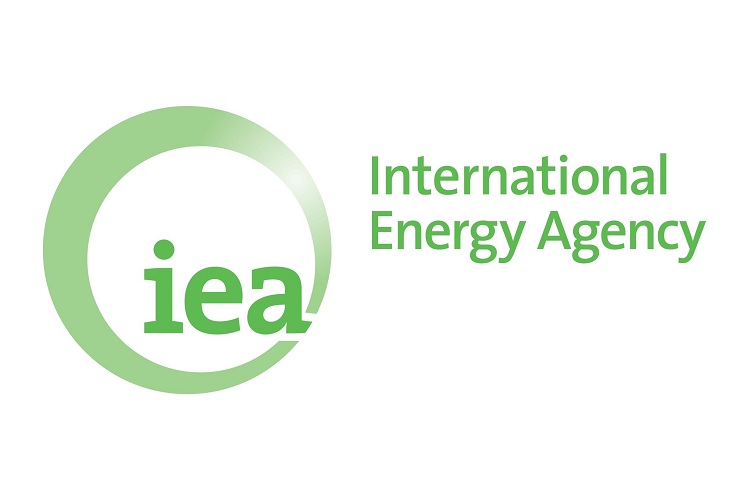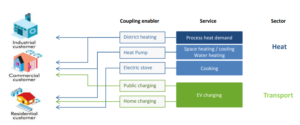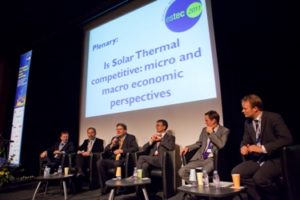IEA Study: “Renewable energy for heat deserves greater attention”
May 6, 2014
In April, the International Energy Agency (IEA) published the paper “Heating Without Global Warming. Market Development and Policy Considerations for Renewable Heat”. The 92-page study looks at today’s renewable energy use for heat and at its future prospects and development needs (see the attached document). The IEA study is an important document, because it has been the first IEA publication focusing on the renewable heating sector for five years and it includes the three technologies bioenergy, solar thermal and geothermal. Paolo Frankl, Head of the IEA’s Renewable Energy Division in Paris, France, had already announced the study at the international conference SHC 2013 in Freiburg last year. “We want to raise the attention for renewable heat technologies in the policy arena through analysing and making scenarios,” Frankl explained in an interview with solarthermalworld.org.
Source: IEA
The authors from the IEA, Anselm Eisentraut und Adam Brown, state in their recommendations that renewable heat deserves greater attention. “Only about 40 countries worldwide have adopted renewable heat policies to date, compared to more than 100 that have policies for renewable electricity in place. The policy situation is very patchy, and neighbouring countries with similar resources have different approaches,” the executive summary reads. It seems that the situation of solar thermal in particular is well understood by the IEA experts when they ask “What´s different about heat?” at the beginning of the chapter Policies for Renewable Heat. The authors then go on to name three differences:
- Heat is much less amenable to regulation than electricity.
- Heat is much less regulated, because it is produced in millions of separate installations.
- Reliable data on heat production, its utilisation patterns and the costs of production are much more difficult to obtain than those for electricity.
Reduction of fossil fuel subsidies
Another policy recommendation worth mentioning is the following: “The creation of a level playing field for renewable energy, through reduction of fossil fuel subsidies and/or by introduction of pricing mechanisms for CO2 emissions is crucial to promoting renewable energy use for heat.” However, the IEA authors also gave the solar thermal industry itself some homework by recommending: “Improved data on heat and cooling production, general demand and renewable energy use for such purposes, as well as technology costs, would considerably improve the analyses of the sector and the formulation of cost-efficient policy measures.” These statements are a strong and important signal, considering that the IEA has mostly focused on fossil and nuclear power and that its publications are guidelines for politicians and administrators involved in energy policy around the world.
Solar thermal technology with highest growth rates
The key chapter “Outlook on the future role of renewable heating and cooling” refers to already existing publications. It quotes the 2018 outlook from the Medium-Term Renewable Energy Market Report (MTRMR) 2013, which attests solar thermal technology the highest growth rates at 14 % per year on average between 2011 and 2018. The MTRMR 2013 projects that global capacity will almost triple from 235 GWth in 2011 to 635 GWth in 2018. China is expected to account for most of the growth, albeit the country has reduced its speed drastically in recent years, down to just 3 % growth in 2013. It will be interesting to see how the energy experts from Paris will assess the medium-term potential of solar thermal in the updated MTRMR 2014 study, which is expected to be published in August 2014. The 2014 study is said to also include sector-specific projections for renewable heat for the first time.
More information:
http://www.iea.org/
http://www.iea.org/publications/insights/insightpublications/
FeaturedInsight_HeatingWithoutGlobalWarming_FINAL.pdf


